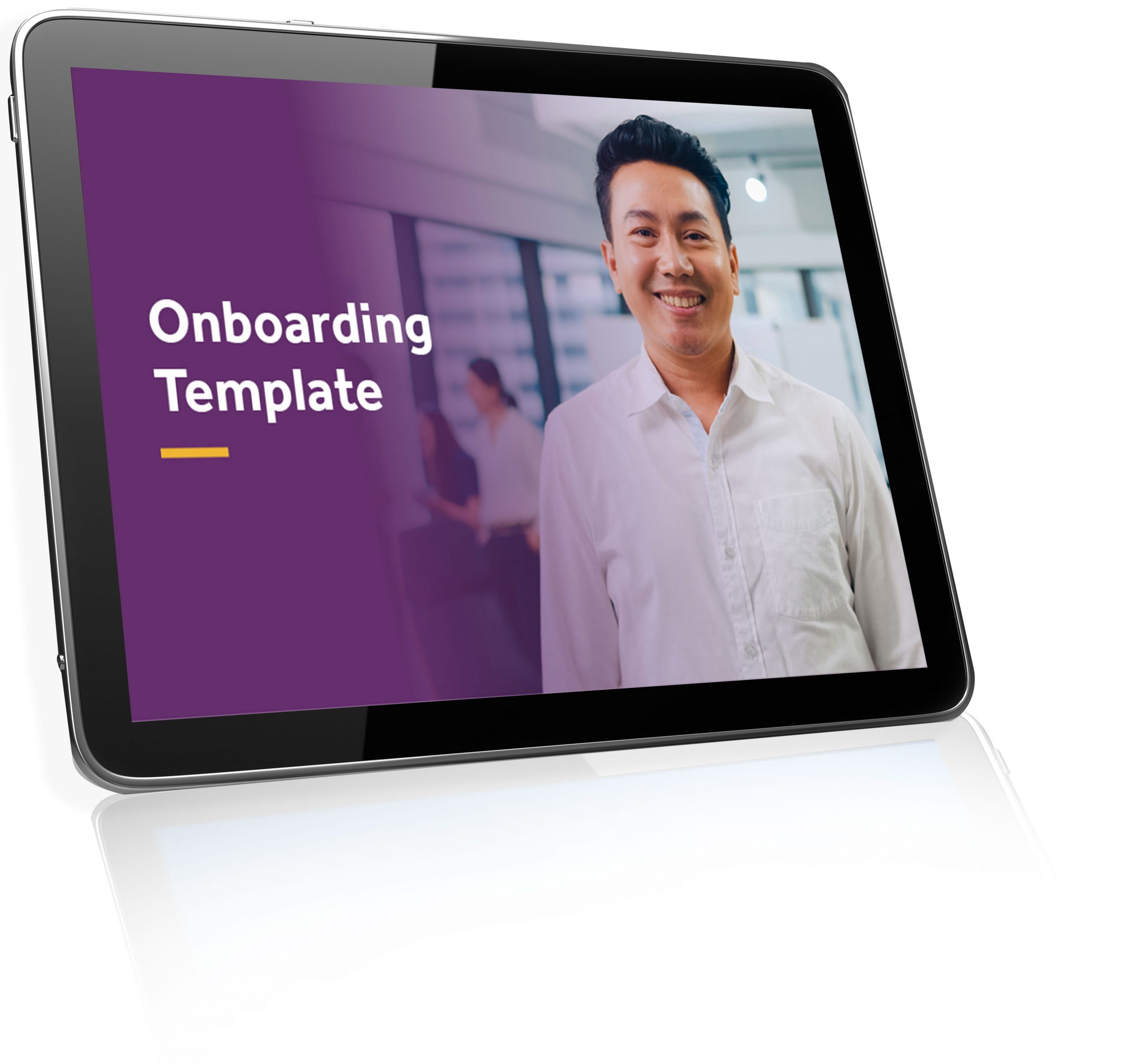
Employers constantly talk about wanting employees to be engaged, but what is exactly employee engagement? Why is it important? And how does one improve employee engagement?
Definition
Employee engagement is the level of commitment employees have towards their company and its goals. The enthusiasm and motivation employees have at the workplace can demonstrate their engagement. It is also an indicator of their commitment towards their role and their company.
Employee engagement is often the result of the actions of managers and employers. Whether or not they feel engaged depends on employers listening to them, supporting them, and valuing their opinion.
Why is employee engagement important?
According to a global survey conducted by Gallup, just 14% of employees say they are engaged in their job in Australia and New Zealand. Further, just 21% of employees in Australia and New Zealand strongly agree with the statement, ‘I like what I do each day.’ These low numbers indicate a disconnect and lack of emotional investment in their workplace and roles.
Since 2020, employee quit rates are reaching record highs globally. These findings also lead to the belief that The Great Resignation is just getting started. Employers really need all the help they can get to improve retention.
Research has shown that people who are engaged in their work are more likely to help the company achieve its goals. Engaged employees are also less likely to leave their organisation. This leads to reduced turnover costs and stable productivity levels. Highly engaged employees also contribute regularly and immensely to greater profitability and revenue. There is a reduction in absenteeism and better business environment all around the workplace.
Employee engagement strategies
Staff engagement is important as we have seen from the reasons listed above. However, there needs to be a shift in attitudes if we must improve employee engagement. Successful employers and companies are not just blindly launching initiatives or surveys. They are creating a complete experience and environment that supports and empowers employees.
What can you do?
Create a positive employee experience-Employee engagement is not a one-off event. It is an ongoing process that relies on consistency. It starts from creating a positive employee experience. Do you support your employees completely? Do they feel included? It is up to you and the company to offer this experience.
Provide opportunities for growth- Employees are likely to be engaged if they feel they can grow in their current role. Is there a clear career trajectory for them? Are there ample opportunities for them to grow?
Recognise top performers- A key employee engagement strategy is to recognise top performers. Staff and employees need recognition and appreciation for their efforts. This can be as simple as a shout-out during team meetings or putting out a message on the company chat. You can also have monetary rewards for high performers.
Promote transparency- Staff value transparency among their employers. Are you honest? Is it easy to communicate with the team? Do you create an environment of trust?
Encourage activities- Employees spend 1/3rd of their day at work and with colleagues and managers. It is vital that you nurture work relationships. Encourage your employees to mingle, build emotional connections and socialise. Find activities that the team can do together so they can bond.

Onboarding Template
Make a great first impression and help your new employees start on the right foot – with a great onboarding process! Ensure you have everything you need to welcome a new employee and set them up for success with our free Onboarding Template
Employee engagement surveys
Employee engagement surveys are an excellent tool to gather data and information. These can be spread out through the lifetime of an employee (interviews, the onboarding process, probation, check-ins, performance reviews, and appraisals). Each survey should be customised according to the milestone, and it will help you understand what drives employees.
Steps to follow
Design survey- Designing a survey is a thoughtful and deliberate process that requires considerable planning. The survey design should be tailored around the desired results. Employees should clearly understand the purpose of the survey and managers, or leaders should know how to read the answers.
Ask the right questions- A survey is only as good as the questions it has. Ask the right and relevant questions for your company and purpose. The questions should be simple and concise. There should be a flow of questions- from general to thematic and summarising the survey. Depending on the company or the economy, tailor those questions to mirror the internal and external environment.
Identify what you want to measure- What is that you want to measure or gauge from the survey? Measuring employee engagement is based on identifying key drivers. Are you looking for ways to engage staff? Is the survey aimed at improving company resources? Or is it a survey to find out current company morale?
Set clear deadlines- Be very specific and clear about the deadlines of the survey.
Review questions- Review questions before you send the survey. Is the copy accurate? Is the structure sensible?
Run survey- Run your survey by inviting everyone in the company to respond. Share the survey repeatedly across different platforms so that everyone is aware of it. You should run the survey for at least two weeks to give employees an opportunity to give their feedback and responses.
Measure results- Measure results using the factors included in the survey.
How to increase employee engagement
There is no one size fits all approach to increasing employee engagement. You must inherently understand your company culture and the context in which you can take actions.
Improving employee engagement can happen from the top level down or at individual level, within teams.
Listen to your employees- If it’s not possible to increase employee engagement at an organisational level, you can start small. Listen to your employees. Can you understand their needs? Are you aware of things affecting their daily work?
Supply them with the necessary tools- Employees don’t care about fancy workspaces or offices. They need simple tools to succeed and feel motivated at work. Tools that you can control, such as resolving work issues, fixing external factors ( as simple as getting functioning office equipment), or clarifying priorities.
Provide individual attention- Managers or leaders have a fair bit going on. They can find it tricky to provide individual attention to employees. This can cause employees to feel disconnected. Ensure you have the time and space to offer individual attention and time to employees.
Measuring employee engagement
How can you measure workplace employee engagement?
Determine outcomes– Determine the outcomes you wish for. Do you want employees to be more involved? Are you seeking specific goals?
Identify what’s important to employees- By identifying what is important to employees, you can measure employee engagement. Is it important for them to have flexibility? Do your employees wish for regular feedback?
Refer to survey responses – Use the survey responses and data to measure employee engagement.
Employsure has worked with 30,000 businesses across Australia and New Zealand. We understand the concerns facing small business owners. Call our 24/7 Advice line today to get all your questions answered.
